6 Things Professional Organizers Want You to Know
These expert techniques from Molly Graves and Ashley Murphy, the founders of NEAT Method, will turn your space from chaotic to calm in no time.
By Pamela Masin
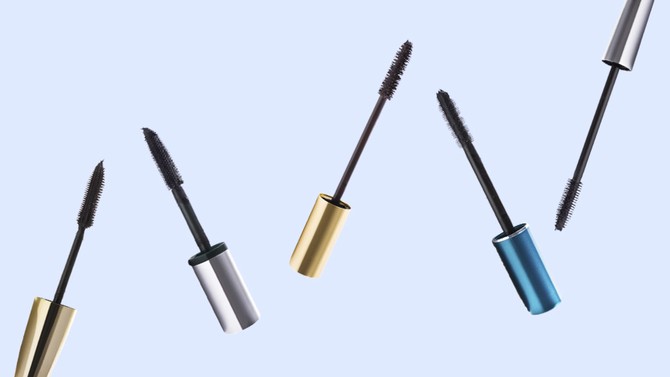
Photo: Thinkstock
Your Easiest Decluttering Starting Point
If you're stuck, start by setting a small goal, like tossing expired items found in your bathroom, bedroom, kitchen and closets. Not only are expired items the main thing Ashley Murphy and Molly Graves, the founders of NEAT Method, see their clients overlook, but they find getting rid of them encourages people to do more.
Begin by checking the usual items, such as sunscreen and cosmetics, but don't forget about maple syrup, dish detergent and motor oil. (Use Real Simple's handy guideline for more surprising household staples that have expiration dates.) Once these items are gone, you'll see what you really need to organize.
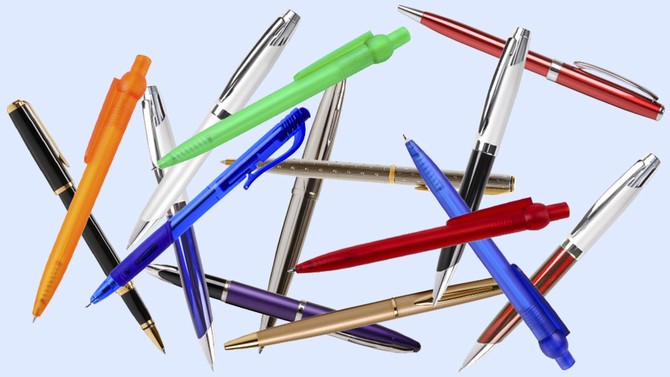
Photo: Thinkstock
Your Clutter Problem Might Not Be What You Think It Is
In order to maintain a clutter-free home, you need to get to the root of why things pile up in the first place. The NEAT founders believe that most people fall into the following clutter personalities:
Too Busy = Too Many Extras: You buy items you already own because you don't have a system in place for where to store them or the time to search through all possible storage spots.
Constant Worrier = Must Save Everything: You're concerned that you "might" need something in the future, so you save everything, "just in case."
Overwhelmed in Life = Overwhelmed at Home: You don't know where to begin—so you just live with the chaos.
By identifying which category you fit into, you can avoid your weak spots. If you think you don't have time, start by carving out just 15 minutes a day to complete a small task like going through the mail. If you're a constant worrier, take inventory of your stuff to remind yourself that you have everything you need—for right now. And if you're overwhelmed in life, empty just one drawer, clean just one shelf; when a small task is completed successfully, that will inspire you to do more.
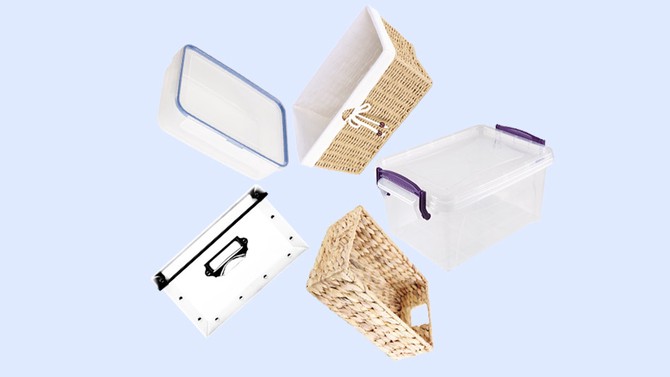
Photo: Thinkstock
Your Most Common Mistake
The NEAT duo has found that when most people shop for organizational solutions, they tend to overbuy plastic storage bins, to stow large things they don't use often, and small baskets, thinking they've got a lot of similar little items that need a home. But if they haven't first done a thorough purge, they end up with bins that don't fit their space and with fewer longterm storage needs and less itsy-bitsy clutter than they imagined.
Ashley and Molly abide by this bedrock organizing principle: First, make piles of what you have, then shop with measurements-in-hand of the specific places in the home where the stuff will go. And don't forget to buy enough hangers and files; the two other items people underpurchase. They'll come in handy when you need to hang up costumes and put away cards—which the organizers discovered are two of the most commonly hoarded items among men and women respectively.

Photo: Thinkstock and Getty Images
The Next Best Thing If You Hate Labeling
If you're in awe of meticulously marked kitchen pantries but don't want to spend the time or money labeling, then Ashley and Molly recommend clear organizers, which do the same job. Whether you're storing linens or desk supplies, see-through containers make it obvious where everything goes.
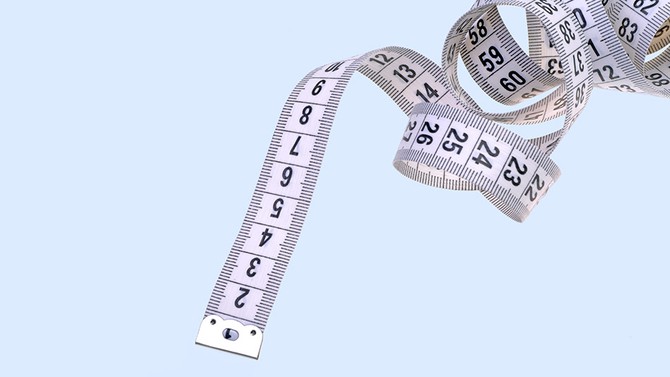
Photo: Thinkstock
Your Most Accurate Measuring Technique
If you've spent months unable to find a cutlery holder that fits, or a drawer caddy for your desk, it might be because you're not accurately measuring. Ashley and Molly kept running into this issue until they realized they needed to measure protruding screw heads, hinges and rounded sides or corners instead of just the width, length and height of the drawer. They suggest investing in a soft tape measure.
Another hard-won tip? Carry a picture of what's inside the drawer with you while you're shopping, since they've found it easy to forget what items will go in the organizer.
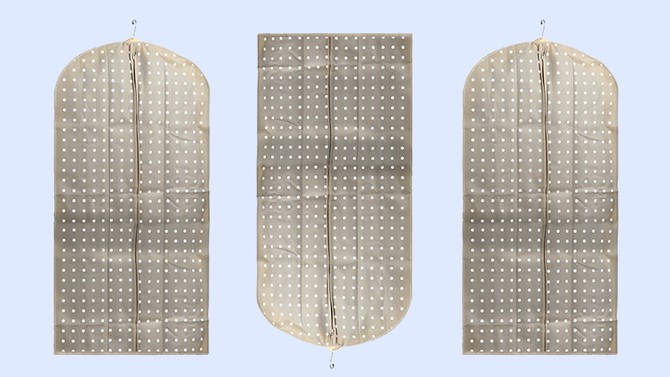
Photo: Thinkstock
The Storage Item That Can Make Things Worse
Garment bags are a great way to move off-season clothes out of your small closet—but experts recommend avoiding plastic. Plastic garment protectors can become a breeding ground for mold and mildew in humid environments. Instead, make sure yours have linen on one or both sides, which lets clothes breathe. (Ashley and Molly suggest one like this.)
Published 10/28/2014

